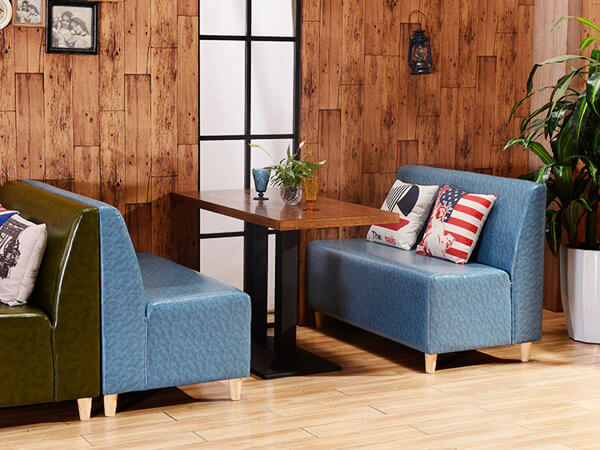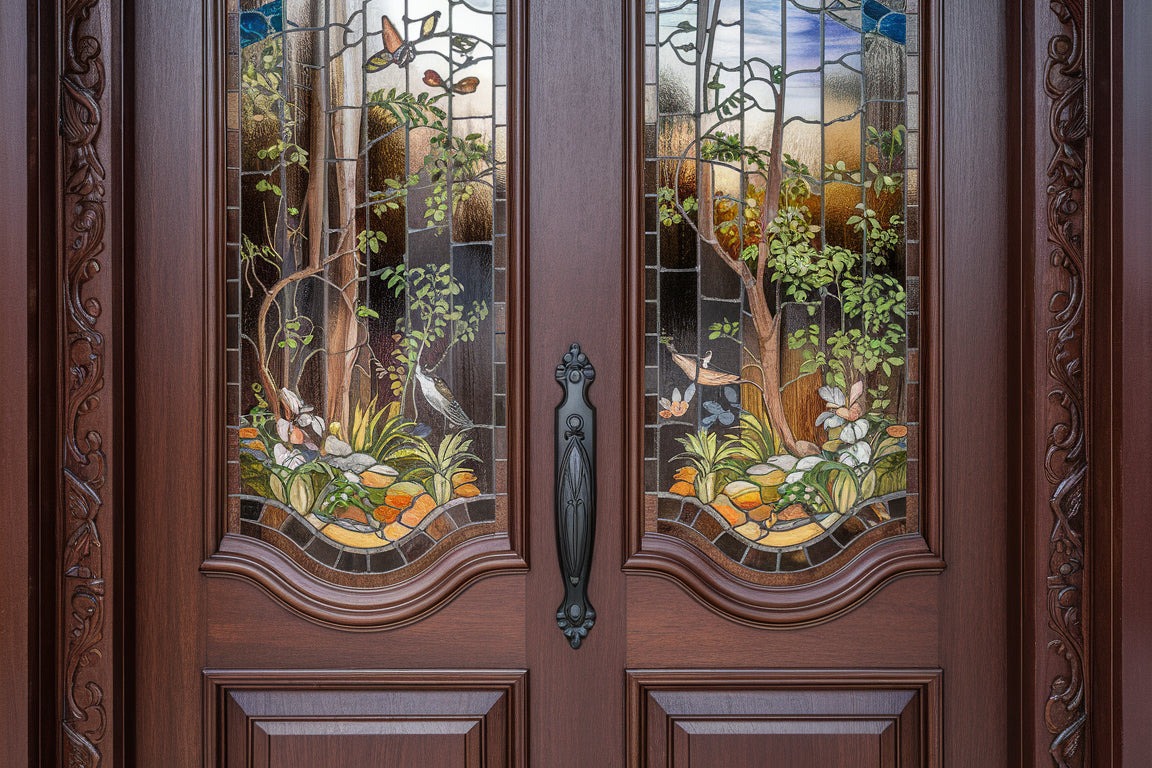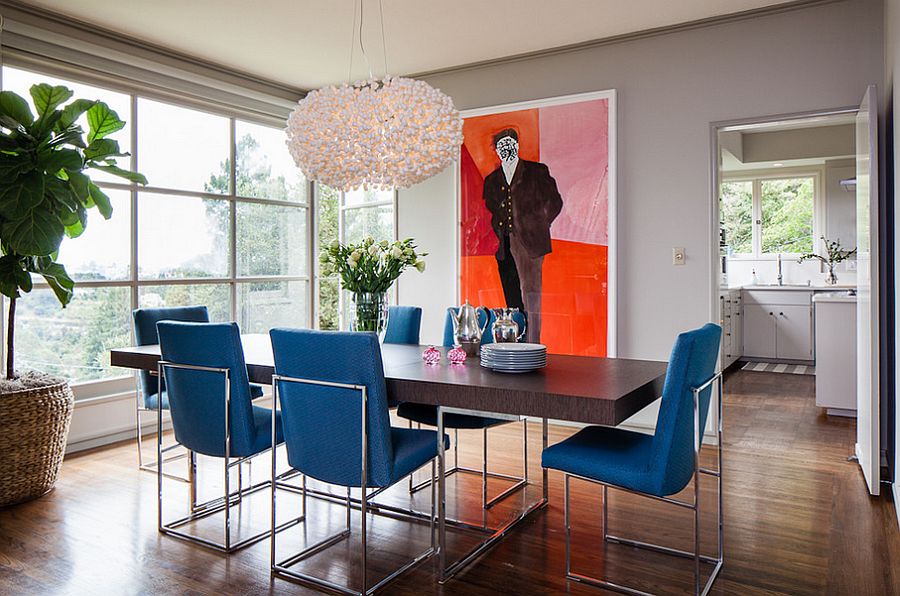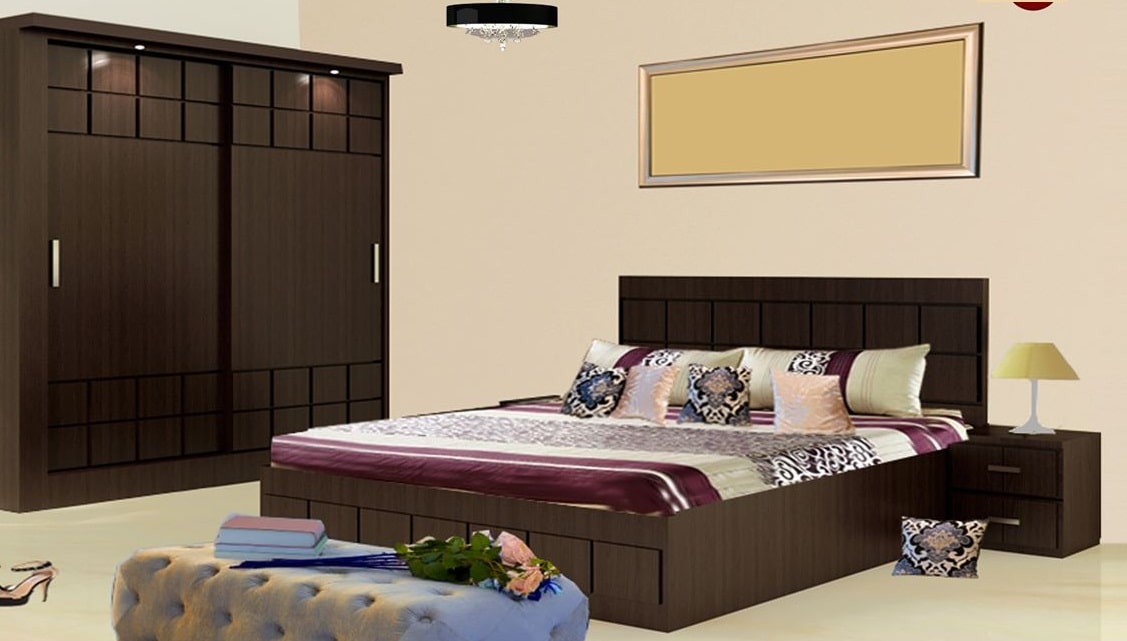Choosing the Perfect Restaurant Sofa for Comfort and Style

When designing a restaurant, every detail matters – from the lighting and wall décor to the furniture that fills the space. One of the most important pieces of furniture in a modern, cozy dining establishment is the restaurant sofa. It not only adds a touch of elegance and comfort but also plays a crucial role in creating an inviting atmosphere where customers want to stay, relax, and enjoy their meals. Selecting the right restaurant sofa involves a balance between aesthetic appeal, durability, and customer comfort. In this guide, we will explore everything you need to know about choosing the perfect restaurant sofa for your establishment.
1. The Importance of Sofas in Restaurant Design
A restaurant’s seating layout has a significant impact on the dining experience. A well-placed and carefully chosen sofa can provide a welcoming and comfortable space for diners, encouraging them to linger longer and order more. Sofas also help in creating a relaxed, homey environment that traditional chairs may not offer.
A. Enhancing the Ambiance
The type of furniture you choose for your restaurant, including sofas, sets the tone for the ambiance you want to create. Sofas with plush upholstery, soft cushions, and warm colors can give the space a relaxed and luxurious feel, ideal for fine dining or casual lounge areas.
B. Offering Superior Comfort
Comfort is key in the dining experience. A well-designed sofa offers superior comfort compared to regular dining chairs, making it a preferred seating option for many customers. Sofas with deep seats, supportive cushions, and soft fabric can make diners feel more at ease, enhancing their overall dining experience.
C. Maximizing Seating Capacity
While comfort is important, restaurant owners also need to consider seating capacity. Sofas can offer flexible seating options for groups, couples, or individuals, allowing you to maximize the number of guests you can accommodate. With modular designs or sectional sofas, you can easily configure your seating arrangement to meet your space requirements.
2. Key Factors to Consider When Choosing a Restaurant Sofa
Selecting the right sofa for your restaurant requires careful consideration of several key factors. Here are the most important aspects to keep in mind:
A. Material and Upholstery
The material and upholstery of a restaurant sofa play a major role in determining its durability, comfort, and appearance. Since restaurant furniture is subject to heavy use, the upholstery needs to be not only stylish but also durable and easy to maintain.
- Leather: Leather sofas are a popular choice for upscale restaurants due to their elegant look and durability. They are easy to clean and maintain, making them ideal for high-traffic areas. However, leather can be expensive and may not suit all interior styles.
- Fabric: Fabric sofas are available in a wide variety of colors and textures, allowing you to match them to your restaurant’s theme. Look for stain-resistant or washable fabrics that can withstand spills and frequent cleaning.
- Vinyl: Vinyl offers the look of leather at a more affordable price. It is highly durable and easy to clean, making it a practical choice for casual or high-traffic dining areas.
B. Durability and Maintenance
Restaurants are high-traffic environments, so durability is essential. The sofa should be able to withstand constant use while maintaining its shape and appearance. Solid wood or metal frames are recommended for long-lasting strength. Additionally, consider how easy it will be to maintain the sofa. Sofas with removable or washable cushions and stain-resistant fabrics are ideal for keeping your furniture looking fresh over time.
C. Size and Space Considerations
The size of the sofa is another crucial factor. The sofa should fit comfortably in the space without making the area feel cramped. Measure the area where you plan to place the sofa and choose a size that complements the layout. Avoid overly bulky sofas that could obstruct traffic flow or seating arrangements.
D. Style and Aesthetic Appeal
The style of the sofa should align with the overall design theme of your restaurant. Whether you’re going for a modern, industrial, rustic, or classic look, the sofa should blend seamlessly with your décor. For a contemporary setting, sleek lines and minimalistic designs work well, while tufted upholstery and wooden frames are ideal for a vintage or traditional look.
3. Popular Types of Restaurant Sofas
There are many different types of restaurant sofas available, each with unique features suited to different dining spaces. Here are some of the most popular options:
A. Booth Sofas
Booth sofas are a common choice in restaurants because they offer a comfortable and private dining experience. These fixed, built-in sofas run along the wall or between tables, creating a cozy space for diners. Booth seating can accommodate both small and large groups and is ideal for casual dining settings.
- Advantages: Space-efficient, offers privacy, and provides a cozy dining experience.
- Disadvantages: Fixed placement may limit seating flexibility.
B. Sectional Sofas
Sectional sofas are versatile and modular, allowing you to customize the seating arrangement according to your restaurant’s layout. These sofas are perfect for lounge areas or large open spaces, offering seating for multiple guests. Sectionals can be rearranged as needed, making them an excellent option for restaurants that frequently host group events.
- Advantages: Flexible seating arrangement, modern and stylish, accommodates large groups.
- Disadvantages: May require more space and can be difficult to move around.
C. Chaise Lounge Sofas
For a more luxurious and relaxed seating option, chaise lounge sofas can be incorporated into restaurant seating areas. These sofas typically feature an extended seat for diners to stretch out and relax, making them ideal for restaurants with lounge or bar areas.
- Advantages: Luxurious and stylish, promotes a relaxed atmosphere.
- Disadvantages: Less practical for high-traffic areas, limited seating capacity.
D. Modular Sofas
Modular sofas consist of multiple pieces that can be configured in various ways to suit your space and seating needs. They offer flexibility and can be rearranged to fit the changing layout of your restaurant, making them ideal for dynamic environments or restaurants that frequently rearrange their seating.
- Advantages: Customizable, flexible seating arrangement, easy to reconfigure.
- Disadvantages: Requires careful planning to ensure the pieces fit together seamlessly.
4. Comfort and Ergonomics
While style and durability are essential, the comfort of the sofa should never be compromised. A well-designed restaurant sofa should offer ergonomic support, ensuring that diners can sit comfortably for extended periods. Look for sofas with well-padded seats, supportive backrests, and cushions that maintain their shape after repeated use.
- Seat Depth: A deeper seat is more comfortable for lounging, while a shallower seat is better suited for dining. Choose a sofa with a seat depth that suits your restaurant’s seating needs.
- Back Support: The backrest should provide ample support, allowing diners to sit upright without straining their backs. Sofas with adjustable cushions or a slightly reclined back can enhance comfort.
- Cushion Firmness: Softer cushions may be more comfortable, but they tend to lose their shape faster. Firmer cushions are more durable and provide better support for extended seating periods.
5. Color and Customization
Color plays a significant role in the overall look and feel of your restaurant. The color of your sofa should complement your restaurant’s color scheme and theme. Neutral tones such as grey, beige, and black are versatile and can easily blend into any design. For a bolder statement, choose vibrant colors like red, blue, or green to add a pop of color to your space.
Many furniture manufacturers also offer custom options, allowing you to choose the upholstery, frame material, and color that best matches your restaurant’s aesthetic. Custom-made sofas are a great way to create a unique and cohesive look for your dining space.
Conclusion: Selecting the Perfect Restaurant Sofa
Choosing the right restaurant sofa involves more than just picking a stylish piece of furniture. The sofa should be comfortable, durable, and match the overall design of your restaurant. By considering factors such as material, size, comfort, and style, you can find the perfect sofa that enhances the dining experience and adds to the ambiance of your space. Whether you opt for a classic booth sofa or a modular sectional, investing in high-quality, comfortable seating is key to ensuring customer satisfaction and creating an inviting atmosphere.




